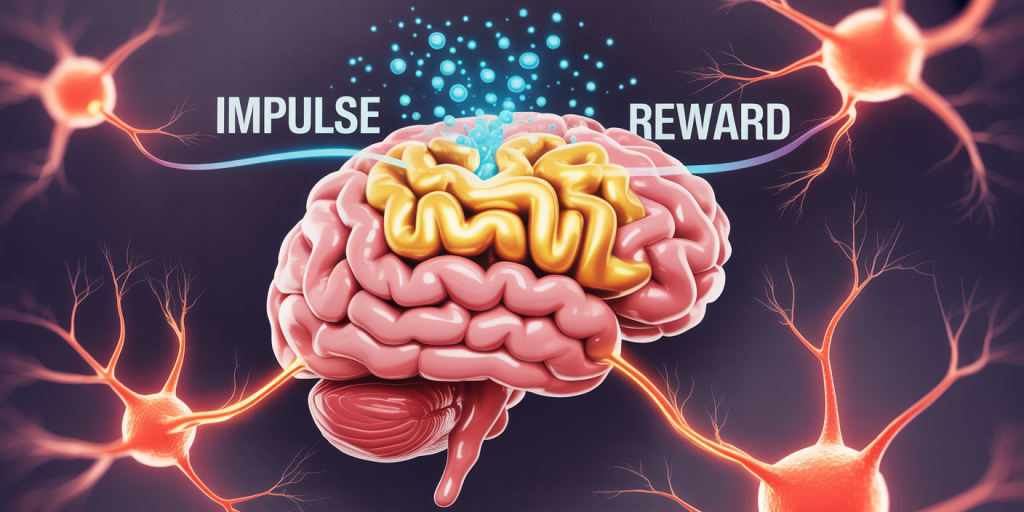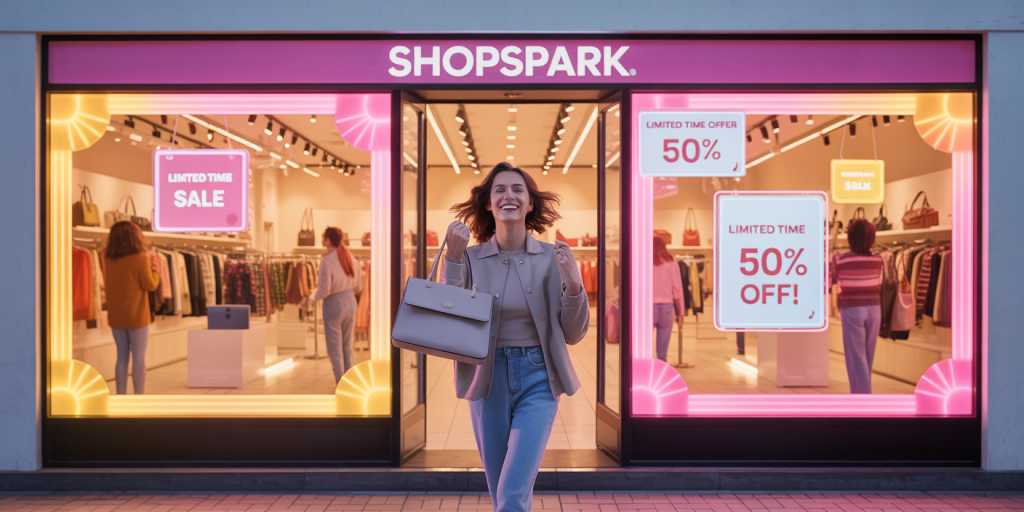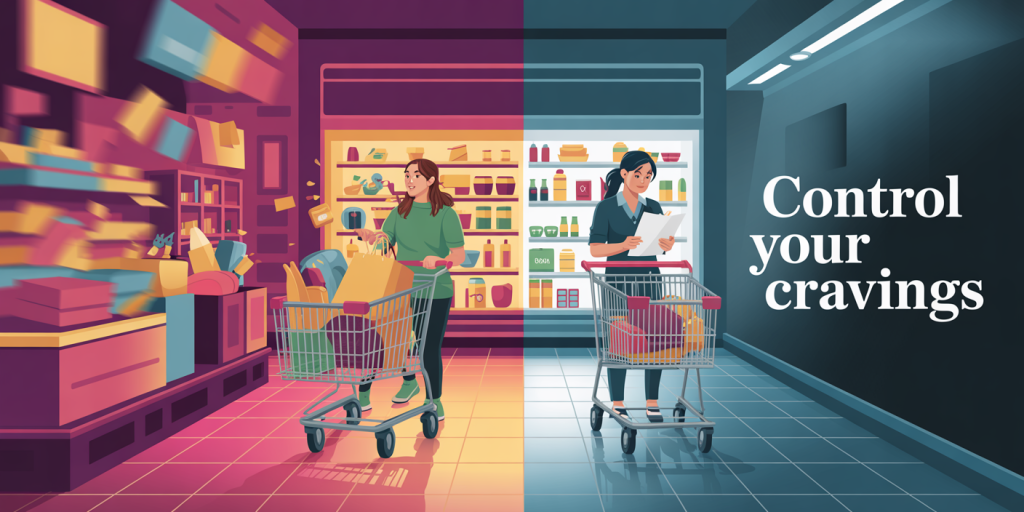Impulse buying is a common consumer behavior characterized by unplanned purchases driven by sudden desires rather than rational decision-making. While many factors contribute to this phenomenon, neuroscience has identified dopamine, a key neurotransmitter, as a pivotal player in influencing impulsive purchase decisions. Understanding the role of dopamine in impulse buying can provide valuable insights for marketers, psychologists, and consumers aiming to grasp or regulate this behavior effectively.
The Neurochemical Basis of Impulse Buying
Dopamine, often referred to as the “feel-good” neurotransmitter, plays a central role in the brain’s reward system. It is primarily responsible for the sensation of pleasure and reinforcement learning, meaning it helps individuals recognize and repeat behaviors that generate rewarding outcomes. When a person encounters a potential purchase, especially one framed as a novel or limited-time offer, dopamine is released, creating feelings of excitement and motivation to acquire the product.
Research highlights that the mesolimbic dopamine pathway, involving regions such as the ventral tegmental area (VTA) and nucleus accumbens, activates during the anticipation and consummation of rewards. This pathway’s activation in impulse buying is well-documented; for example, a study published in the *Journal of Consumer Research* found that dopamine release increases during unplanned purchases, generating a positive feedback loop that encourages repeated impulsive acts.

Additionally, impulse buying often bypasses the brain’s prefrontal cortex, which governs self-control and executive function. Therefore, dopamine-driven impulses can override rational decision-making processes, making impulsive purchases particularly challenging to resist.
How Dopamine Drives Consumer Behavior
Understanding dopamine’s role necessitates examining how it enhances the motivational salience of products. Motivational salience refers to how attractive or desirable a stimulus appears, and dopamine modulates this by increasing the “wanting” of a product, even if the “liking” or actual enjoyment is not proportionally elevated. This distinction helps explain why people often regret impulse buys afterward; they wanted the item intensely in the moment but do not necessarily derive long-term satisfaction from it.
For example, during holiday sales, shoppers may be bombarded by deals that trigger dopamine release through cues such as flashing lights, countdown timers, or limited stock alerts. These external triggers stimulate dopamine surges, creating urgency and desire. Major retailers like Amazon use algorithms that highlight “recommended for you” products, exploiting dopamine-driven reward prediction to induce spontaneous purchases.

A practical case in this realm is a 2019 survey by CreditCards.com, which showed that 78% of Americans admit to making impulse purchases, often influenced by emotional highs and dopamine-induced cravings. This demonstrates how dopamine’s influence is not only theoretical but deeply embedded in everyday buying experiences.
Psychological and Behavioral Implications
The dopamine-driven feedback loop created by impulse buying can develop into habitual behavior and contribute to shopping addiction. The reinforcement of immediate rewards over delayed benefits encourages individuals to seek continual gratification through impulsive spending, sometimes leading to financial distress.
From a psychological perspective, dopamine acts similarly to substances that cause addiction. A study published in *Addiction* journal illustrated that impulse buying activates the brain’s reward circuits in ways comparable to addictive behaviors such as gambling or substance abuse. This neural overlap explains why impulse buying can escalate uncontrollably for some individuals.
Furthermore, individual differences in dopamine receptor density and sensitivity can explain why some people are more prone to impulse buying than others. People with lower D2 receptor availability, for instance, may experience less reward from typical purchases and seek heightened stimulation through more frequent impulsive spending.
Here is a comparative table outlining dopamine’s impact on impulse buying versus other addictive behaviors:
| Aspect | Impulse Buying | Gambling Addiction | Substance Abuse |
|---|---|---|---|
| Dopamine Pathway Activation | Ventral tegmental area, nucleus accumbens | Same regions involved | Same regions involved |
| Behavioral Reinforcement | High through reward anticipation | High through wins/losses | High through drug effects |
| Habit Formation | Frequent purchases lead to habit | Repeated gambling sessions | Repeated drug consumption |
| Impact on Prefrontal Cortex | Reduced self-control | Impaired decision-making | Impaired executive function |
| Consequences | Financial stress, regret | Financial/psychological damage | Health and social issues |
This comparison reveals dopamine’s broad role in motivating behaviors with immediate rewards, emphasizing its importance in understanding impulse purchasing patterns.
Marketing Strategies Leveraging Dopamine Responses
Marketers have long leveraged the neurological mechanisms underpinning impulse buying to influence consumer behavior systematically. Dopamine’s reward prediction capability is exploited with techniques designed to stimulate stronger dopamine release and enhance purchasing impulses.
For instance, flash sales and limited-time offers create a scarcity effect, increasing perceived value and urgency. This tactic induces a dopamine-driven reward anticipation, as customers feel they might miss out on a valuable opportunity if they hesitate. Brands like Zara and H&M frequently utilize such strategies during seasonal transitions to boost impulsive purchases.
Similarly, the design of e-commerce platforms aims to maximize dopamine stimulation. Features such as one-click purchasing, personalized recommendations, and social proof (e.g., “X people bought this item in the last hour”) increase excitement and lower cognitive resistance. According to Salesforce’s 2023 Consumer Behavior Report, 65% of online shoppers report making impulse purchases as a result of personalized product suggestions, highlighting dopamine’s indirect activation via targeted marketing.
Retail environments also harness sensory stimuli to boost dopamine release. Bright, colorful displays, pleasant scents, and upbeat music can elevate shoppers’ moods and predispose them to impulsive buying by stimulating the reward system. This multisensory approach is evident in experiential stores like Apple and Sephora, designed to engage multiple senses that amplify dopamine-fueled anticipation.
Practical Implications for Consumers and Policymakers
Awareness of dopamine’s influence in impulse buying can empower consumers to develop better control strategies. Cognitive-behavioral approaches, such as mindfulness and delayed gratification techniques, counteract dopamine-driven urges by engaging the prefrontal cortex and promoting rational evaluation.

For example, simple habits like creating a shopping list or implementing a “24-hour rule” before making non-essential purchases help reduce reactive spending. Research by Duke University found that consumers who practiced a delay before purchasing reduced impulse buying incidents by 23%, underscoring the value of regulatory measures against dopamine-induced behavior.
Policymakers and consumer protection agencies might consider regulations that limit exploitative marketing tactics targeting dopamine responses. These could include mandatory cooling-off periods for online purchases or transparency requirements on “limited-time” offers to reduce consumer vulnerability to impulsive traps.
Financial education programs focusing on understanding neurological drivers of spending could be integrated into curricula, fostering awareness from a young age. Furthermore, app developers are increasingly creating tools that monitor spending behavior and alert users when impulsive purchases escalate, offering dopamine-awareness as a prompt for self-regulation.
Future Perspectives on Dopamine and Retail Innovation
The intersection of neuroscience and retail technology presents exciting future possibilities for understanding and managing impulse buying influenced by dopamine. Emerging tools like biometric sensors, facial recognition, and AI-driven analysis can measure real-time dopamine responses in consumers within retail environments.
Imagine a store environment where smart systems detect elevated dopamine levels and offer consumers gentle prompts or alternative suggestions to prevent destructive impulse purchases. Such neurofeedback could balance business goals with consumer well-being by fostering responsible shopping behaviors.
Advances in personalized medicine and genetic testing might one day identify individuals with heightened dopamine sensitivity, providing tailored financial counseling or behavioral interventions to mitigate impulse buying risks. This level of precision could revolutionize how we address compulsive consumerism at individual and societal levels.
Moreover, as virtual and augmented reality shopping experiences grow, marketers will seek novel ways to trigger dopamine responses in digital environments. Understanding the neurochemical basis will be critical in developing ethical frameworks that protect consumers while allowing innovative retail engagement.
In conclusion, dopamine’s role in impulse buying provides a window into the biological, psychological, and environmental factors driving one of the most pervasive consumer behaviors. Increased knowledge about dopamine’s impact equips stakeholders across sectors to design better strategies—for both harnessing and curbing impulsivity—leading to healthier financial habits and more ethical marketplace dynamics.

Deixe um comentário